R-SL-DEK Roof Rubber Silicone
Rubber roofing sealant - Semisolid, elastic sealant for roofing applications.
Features and benefits
- For the majority of seals in roofing applications.
- Adheres to substrates including: sheet metal, bitumen, concrete, stone, metal, wood, glass and most plastics.
- Can be painted after hardening.
- Resistant to weathering, temperature extremes and UV radiation.
Base material
-

Glass
-
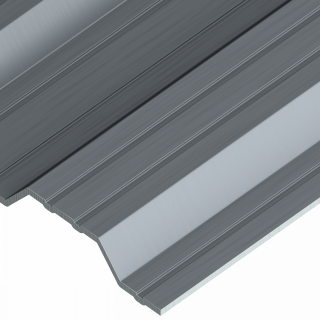
Metal Sheet & Profiles
-

Stainless Steel
-

Glaze
-
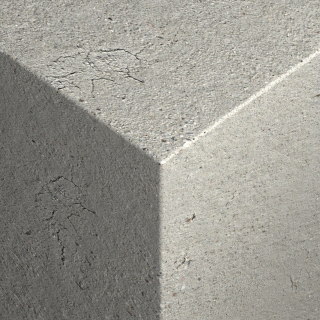
Concrete
-

High-Density Natural Stone
-
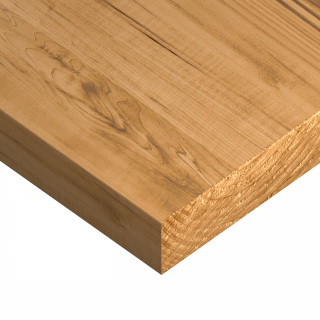
Wood
-

Plastics
-

Bituminous substrates
-
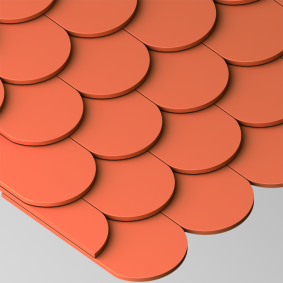
Tile
For use also with
-
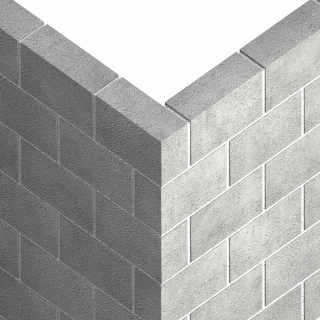
Solid Concrete Block
-
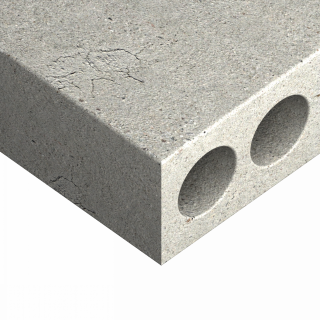
Hollow-core Slab
-
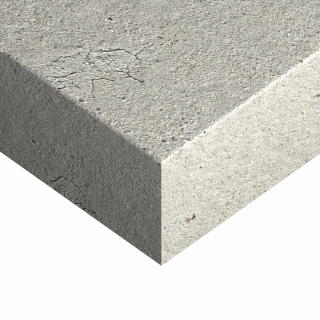
Concrete Slab
-
.png)
Aerated Concrete Block
-
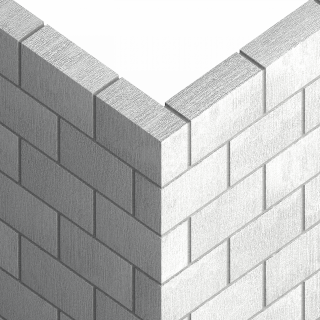
Lightweight Concrete Block
-
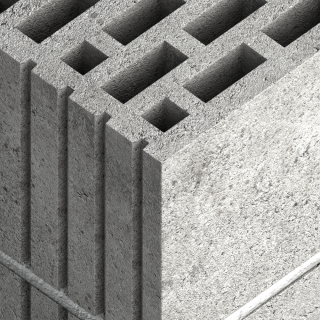
Hollow Lightweight Concrete Block
-

Silicate Blocks
-

High-Density Natural Stone
-
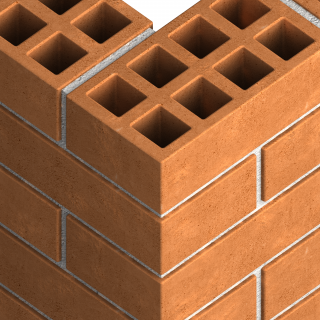
Hollow Brick
-
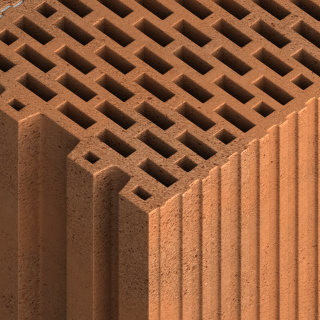
Vertically-perforated Clay Block
-
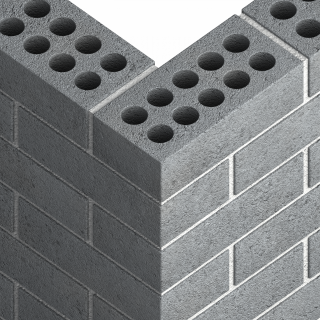
Hollow Sand-lime Brick
-
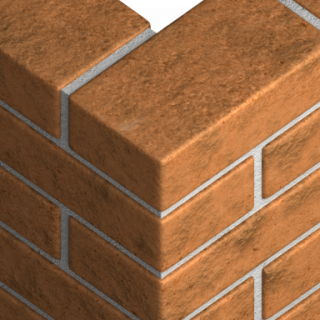
Solid Brick
-
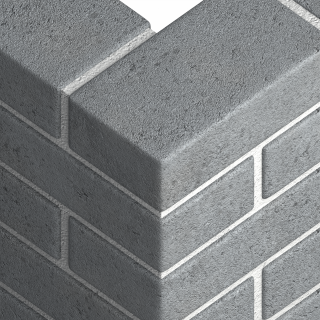
Solid Sand-lime Brick
-

Ceramic Hollow Block
-

Gypsum Fibreboards
-
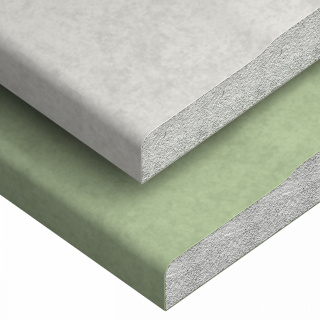
Plasterboard
-

Chipboard
-
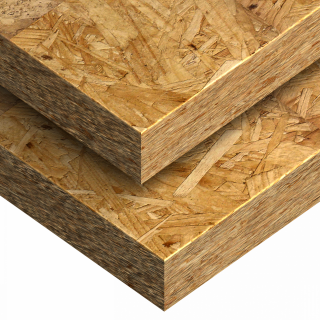
Oriented Strand Board
Applications
- Sealing of roof flashings, terraces, chimneys and hatches.
- Sealing of break-through points in roofs and terraces.
- Repairs for bitumen roof coverings.
- Sealing skylights and roof windows.
- Connections of trapezoidal and corrugated sheets, asbestos-cement and bituminous sheets.
- Connections between foundation and basement wall components, as well as filling expansion joints of roofs and terraces.
Installation guide
- Clean the surface. The surface the sealant will be applied on should be clean, free from dust, dust, grease, rust, remains of old seal and other substances that might weaken the cohesion.
- Prior to application of silicone protect edges with masking tape
- Cut the tip of the cartridge, leaving part of the thread. Screw the applicator on to the thread, then cut at the required angle to give an aperture width suited to the joint.
- Use manual or pneumatic gun applicator.
- Applied sealant may be smoothed with a spatula or similar tool. Moisten the spatula first in special wetting agent or detergent solution.
- The sealant hardens by reaction with moisture from the air, so ensure well-ventilated conditions.
- After completing the application, wipe tools with a paper towel and clean with solvent.






